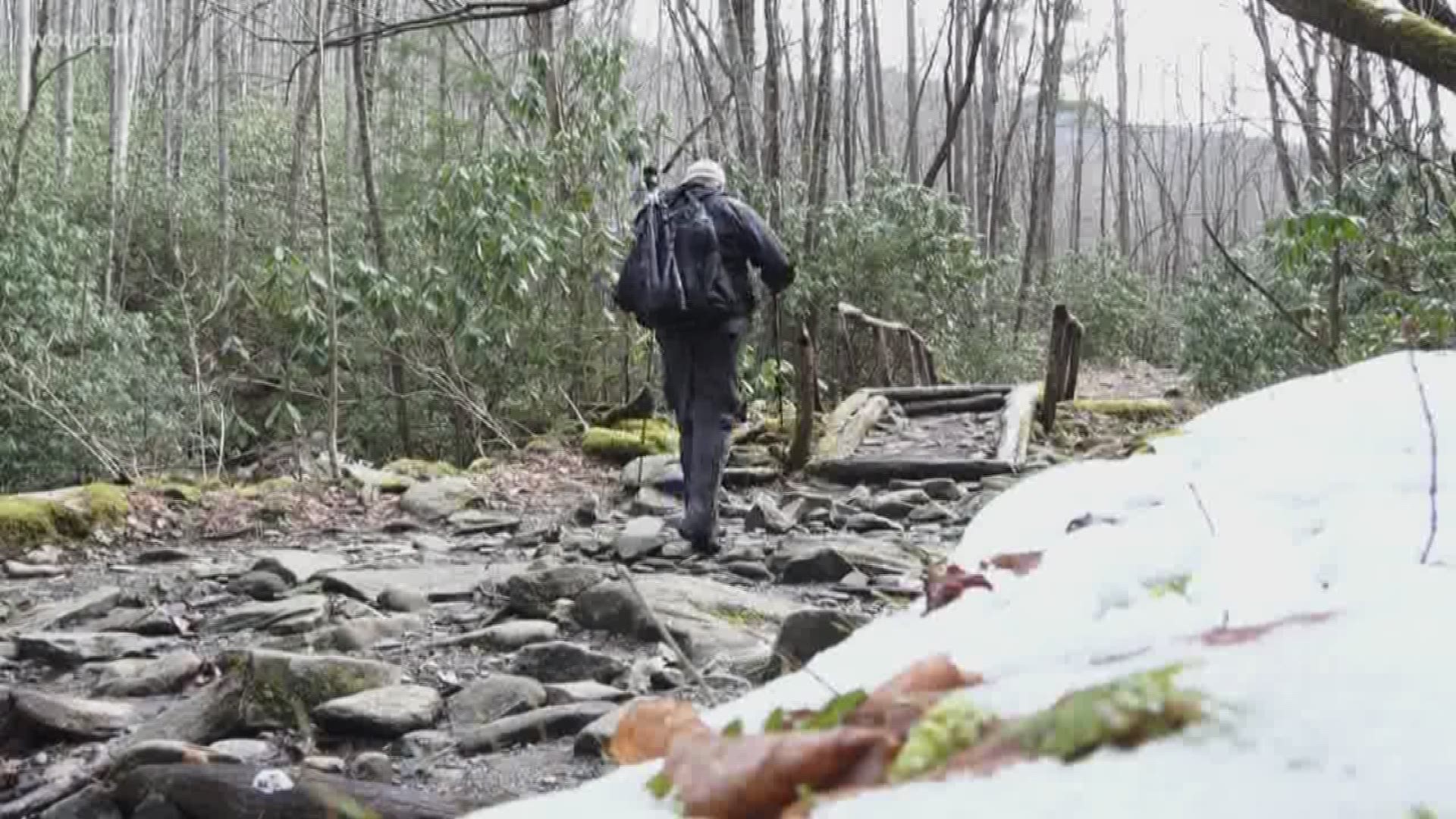Rushing water greets hikers at the Middle Prong trailhead. It’s a place photographer Bob Carr returns to often.
“A couple dozen times, maybe,” he said. “We hike it two or three times a year."
The trail, in the Tremont section of the Great Smoky Mountains National Park, is relatively popular. But some of its hidden gems are easy to miss.
“I think it’s less of a secret than it used to be,” Carr said.
As the trail climbs, it follows the path of an old logging railroad. There are ample opportunities to enjoy and photograph cascades along the way. At several points, Carr stops to compose a shot and photograph the falls.

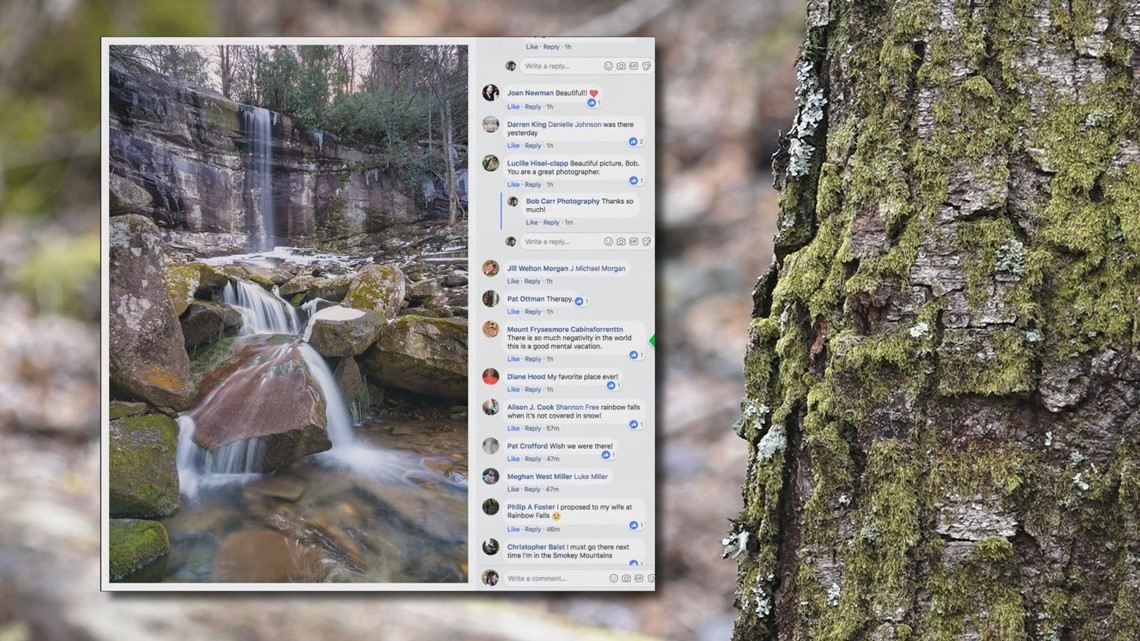
Carr has been hiking in the park since he was young and in the Boy Scouts.
“I was enamored with the landscapes of the Smokies, and just the environment,” he said. “I continued to shoot film photos for many years after that.”

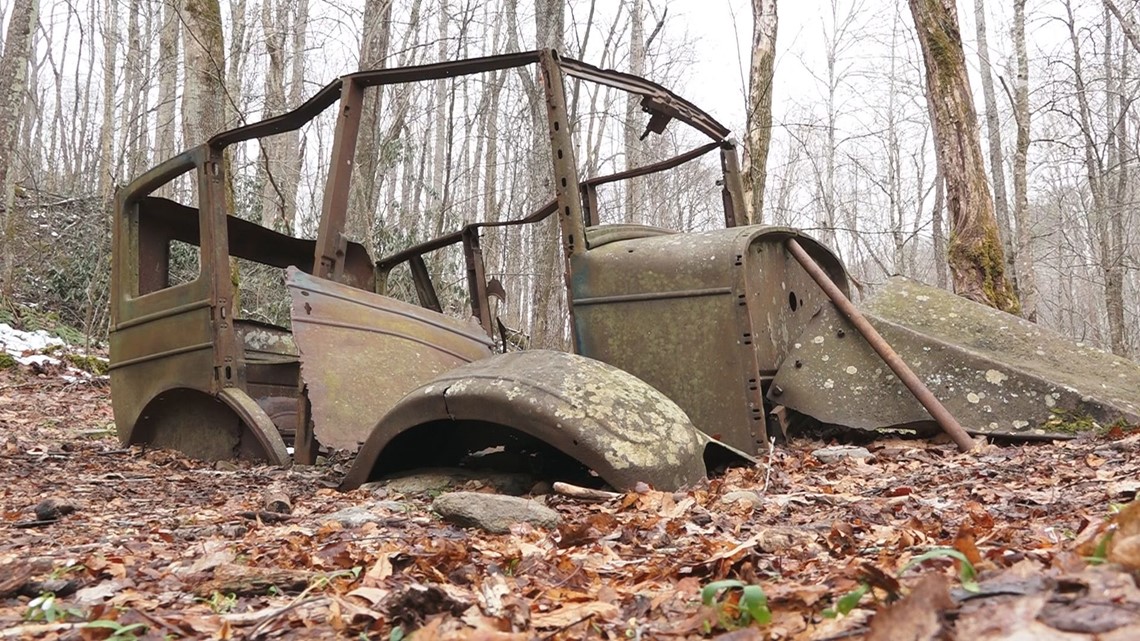
He originally took the photos as inspiration for paintings, but as digital cameras advanced, his photography did as well. Now he sells prints and calendars of his work on the side, and shares his images on social media.
The reaction surprised him—people connected with the scenic landscapes.
“People remembered their own trips here, and maybe aren’t able to hike or backpack, or live out of the area – so that became the reward, or a big part of it,” Carr said.

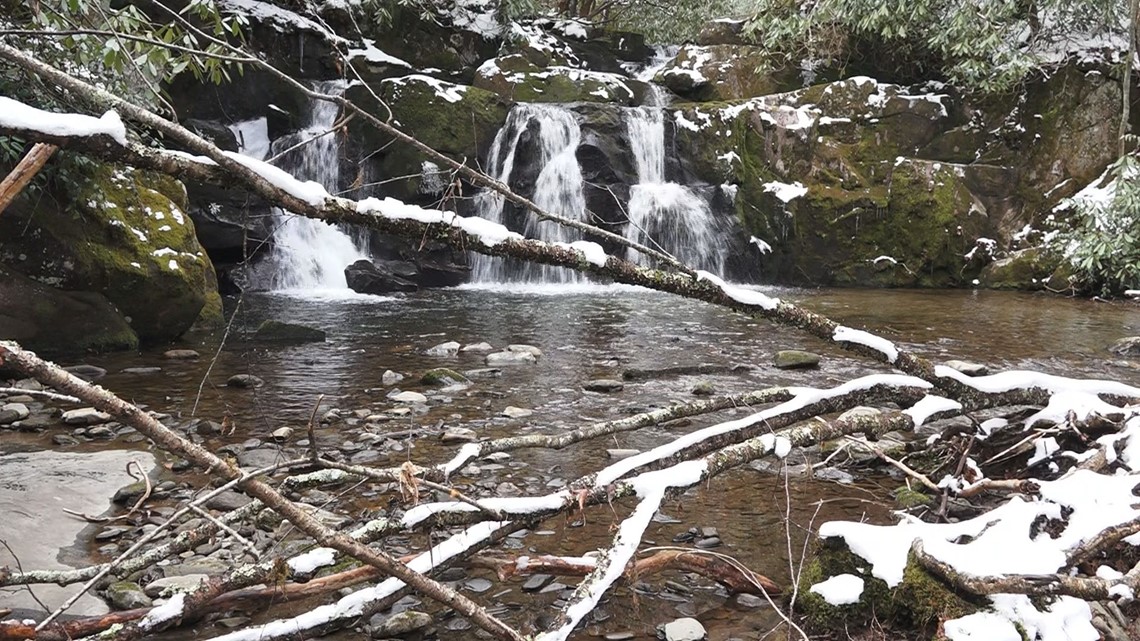
It’s why he hikes so deep into the backcountry, often camping overnight to put himself in range of scenic overlooks during well-lit times of day.
“It’s just gratifying to reach people, and to give something positive back to the world,” he said. “I think that’s been more rewarding than I could have anticipated.”
Some of those special places are on the Middle Prong trail. A few miles up, a small side trail leads to a clearing that holds a rusting old car. It appears to be from around the 1930s.
“I think it was abandoned here by one of the [Civilian Conservation Corps] camps when it stopped running,” Carr said. “That’s what I recollect about the history.”
After photographing the car, Carr continued up the trail, passing an old homestead chimney, and climbing several steeper switchbacks. Then, he turned onto a small, unmarked side trail, and negotiated about 200 feet of thick vegetation – which opened in a clearing and Indian Flats Falls.
“[The trail] is a little sketchy in places, slick,” he said. “This is a waterfall that we heard about through word of mouth several years ago.”
It’s a moderate hike, and not a complete secret – but for Carr, it represents what’s special about many places in the park.

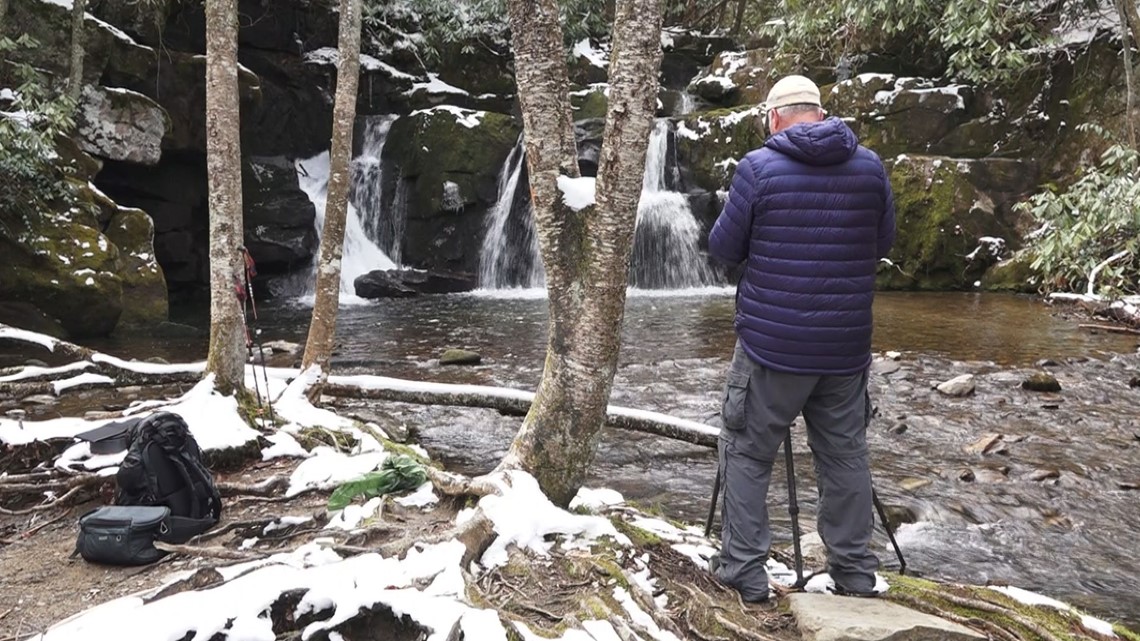
“There’s a sense of permanence,” he said. “That it’s been here for eons in much the same condition, and my own experience has been that as I’ve come back here, even several decades after first coming to certain places, they are relatively unchanged. And I think that’s important, and it’s special to me.”

